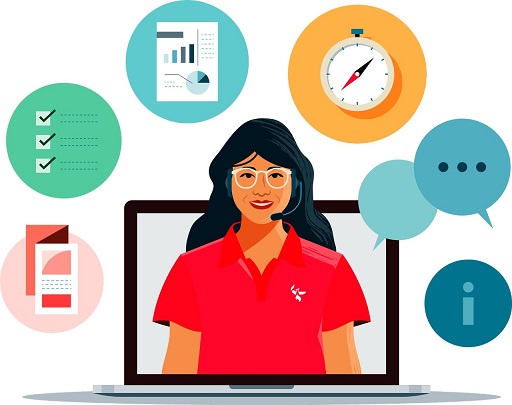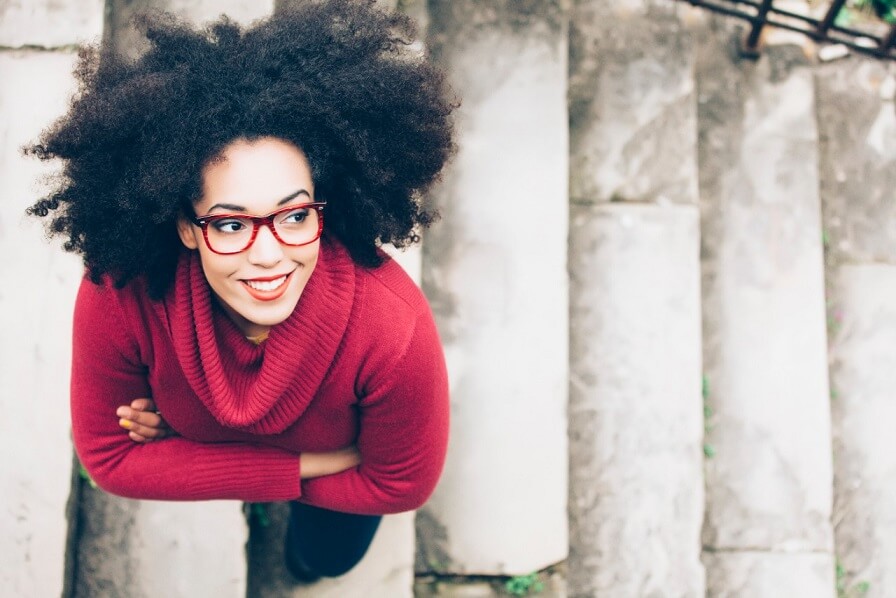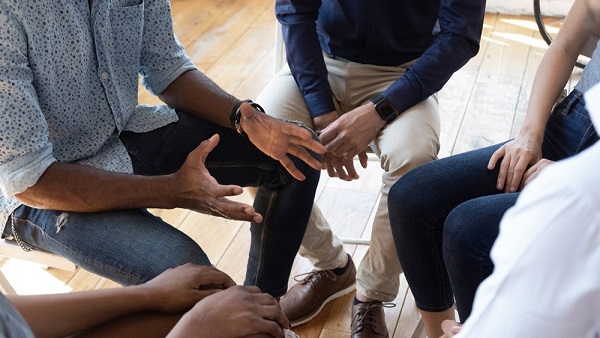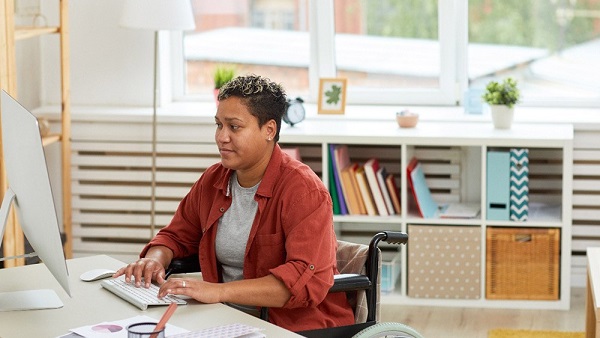Office of Educational Equity at University of Phoenix
Diversity is in our DNA. Acceptance and inclusion are always at the heart of what we do. That's why we take an active approach to raising cultural awareness, building key relationships and preparing students to be great citizens of the world.

INCLUSIVE LEADERSHIP SUMMIT 2024
We invite you to join our free, virtual annual summit and career fair on June 11-13, 2024.
WEBINARS
Educational equity webinar series
Our webinars create a space for thought-provoking conversations about equity and inclusion in the classroom, workplace and community. We encourage inclusive leadership and promote greater unity.
Educational Equity Webinar: Are You Culturally Intelligent?
Are You Culturally Intelligent?
This webinar examines how to increase the values of curiosity, empathy and compassion, which guide the capabilities of cultural openness, cultural awareness and cultural responsiveness.
Creating a Supportive Network while Understanding the Diversity within Indigenous Communities
Creating a Supportive Network While Understanding the Diversity Within Indigenous Communities
This webinar explores a holistic approach on how to better serve and support the complex identities within indigenous communities.
There Is No Justice without Disability
There’s No Justice Without Disability
This webinar explores the connections between oppressions and how ableism compounds all the forms of inequality.
Educational Equity Webinar Series: Healing Racism Beyond the Dialogue Part 1- What is Racism?
Healing Racism Beyond the Dialogue – What is Racism?
This webinar deconstructs racism and other forms of oppression as merely perceptions of one person compared to another. If racism is only a perception, what is there to heal?
INITIATIVES
How we're making a difference

We nurture cultural awareness, provide thought leadership and form community alliances to promote and sustain educational equity and diversity initiatives.
President’s Advisory Council on Diversity, Equity, Inclusion and Belonging
This council develops and promotes strategies that foster a community of inclusion; value diversity of thought, experiences and culture; and lead to a sense of belonging for all.
Office of Educational Equity (OEE)
While creating a sense of belonging for all, we offer opportunities for professional development to support students, alumni, faculty and staff. Our objectives:
- Student Experience and Belonging: Foster inclusive environments for continuous learning and development to increase community and belonging for all students, faculty and staff.
- Culturally Responsive Practices: Support systems to be proactive, intentional and mindful to the needs of diverse students.
- Building Community for Career Enhancement: Design and develop programming with support and resources to impact, motivate and equip students for the diverse workplace.
Center for Workplace Diversity and Inclusion Research
The research home for faculty, students and alumni interested in Diversity, Equity, Inclusion and Belonging (DEIB) in workplaces and communities of practice.
University of Phoenix Career Institute™
This institute addresses broad, persistent and systemic barriers to career advancement through research-based solutions and impactful alliances.
Recognized Student Organizations
These organizations help students network, develop career endeavors, and acquire mentorship and interpersonal job-related skills.
Tribal Operations Team
Our tribal operations team specializes in addressing the cultural needs of tribal students, their families and their communities.
Cultural Competence Taskforce
Our task force develops an integrated framework that fosters a more holistic approach to serving students of all backgrounds.
Inclusive Café
A virtual meeting place for faculty and staff where our community tackles tough conversations necessary for organizational and personal growth.
Inclusive Classroom Series
Produced and delivered by our faculty engagement and development team, this series provides real-world strategies for use around DEIB topics.
Employee Resource Groups
These employee-led, voluntary groups foster a diverse and inclusive workplace, increase employee engagement and support professional and personal growth.
Achieving My Purpose
We collaborate with this nonprofit organization to support its mission of informing, inspiring and empowering women to find their purpose.
Arizona Hispanic Chamber of Commerce
As part of our alliance with the Arizona Hispanic Chamber of Commerce, we work with community leaders to conduct research on the economic impact of Hispanics in Arizona.
Arizona Multicultural Educational Conference
We co-host an annual event that brings together educators, pre-service education majors, consultants and community members to promote multicultural teaching and learning.
Diversity Leadership Alliance
We take an active role in planning monthly workshops and the annual conference hosted by the Diversity Leadership Alliance, which provides a forum for diversity and inclusion dialogue.
Jobs for Arizona's Graduates
University of Phoenix sponsors a high school student mentoring program where employee volunteers are paired with students to support them in considering college and career goals.
RESEARCH & RESOURCES
Publications and DEIB resources
We publish diversity-related articles, present conference sessions, webinars and training events, and provide resources to the community.
- Press releases and articles
- Publications
- Podcast
- DEIB Resources
University of Phoenix leadership selected to serve on NCORE® National Advisory Council
Tondra Richardson has over 20 years of experience in higher education and is certified by the National Diversity Council.
‘Accessibility is a journey’: A DEI expert on disability rights
Employers can wait for a worker to request reasonable accommodation under the ADA, but Kelly Hermann asks: Why not be accommodating from the start?
Listening to tribal students
Colleges need to listen to what tribal students need and provide customized support, Patrick Horning writes.
University of Phoenix College of Doctoral Studies faculty publish chapter on unconscious bias
Published chapter explores forms and manifestations of unconscious bias in the COVID-19 era workplace.
University of Phoenix staff complete SHE Leads!™ Program with Arizona Foundation for Women
Leadership program graduates Jelisa Dallas, Deborah Hoskins and Christina Totah helped drive community impact raising $72,000 for Arizona nonprofits focused on helping women.
Phoenix Scholar
A special edition of the Phoenix Scholar, focused on diversity, equity, inclusion and belonging.
Building professional social capital for Black learners and workers
Mapping the landscape of programs specifically designed to help Black learners and workers build professional social capital.
100 Black Male Educators Speak Project
Achieving a diverse and inclusive workforce within P-12 education is critical.
Diversity, equity and inclusion white paper
A guide to how companies are working to create effective DEI efforts.
University of Phoenix Career Optimism Index™ Study 2022
Research study to examine American Workers’ sense of optimism about their careers.
Episode 33: No Country for Black Men
Dr. Kimberly Underwood and Dr. Eddie Moore Jr. talk about the lack of black male educators in American classrooms.
Episode 71: Creating the Intentional Leader of Today, Tomorrow and Beyond
Saray Lopez and Dr. Jamal Watson discuss the importance of establishing a learning community devoted to racial justice and equity.
Racial Equity Tools
Resources for people who want to increase their understanding of racial justice.
158 Resources to Understand Racism in America
Articles, videos, podcasts and more exploring the history of anti-black violence and inequality.
Harvard Project Implicit®
High-impact research and information about bias and disparities.
The urgency of intersectionality
Kimberlé Crenshaw explains intersectionality in a popular Ted Talk.
What exactly is a microaggression?
Jenée Desmond-Harris explains microaggressions.



